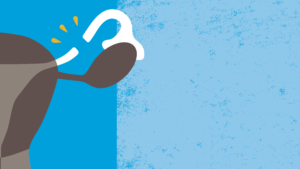Archive: Permanent Methods Toolkit
Archive:
Permanent Methods Toolkit
You have reached this page either from the main Toolkits Archive page or because you followed a link to a page or resource that used to be in a K4Health Toolkit. The Toolkits platform has been retired.
 The information in the Permanent Methods Toolkit was chosen to ensure the delivery of quality services with broad access and to promote informed choices among women and men. Members of the Long-Acting and Permanent Methods (LA/PMs) Community of Practice developed this toolkit, under the leadership of EngenderHealth, the Johns Hopkins Center for Communication Programs, FHI 360, and the U.S. Agency for International Development.
The information in the Permanent Methods Toolkit was chosen to ensure the delivery of quality services with broad access and to promote informed choices among women and men. Members of the Long-Acting and Permanent Methods (LA/PMs) Community of Practice developed this toolkit, under the leadership of EngenderHealth, the Johns Hopkins Center for Communication Programs, FHI 360, and the U.S. Agency for International Development.
Toolkit Alternatives
- Explore other Knowledge SUCCESS content about permanent methods—specifically, vasectomy
- View/download Chapter 12, Female Sterilization, and Chapter 13, Vasectomy, both from Family Planning: A Global Handbook for Providers
- View/download Family Planning Resource Package learning modules on Tubal Ligation/Female Sterilization and Vasectomy/Male Sterilization
- Visit past captures of the Permanent Methods Toolkit on the Internet Archive’s Wayback Machine
If you urgently require a specific resource from a retired Toolkit, contact toolkits-archive@knowledgesuccess.org.





